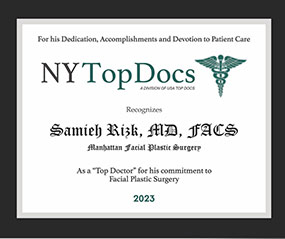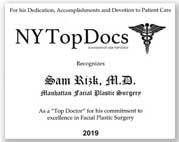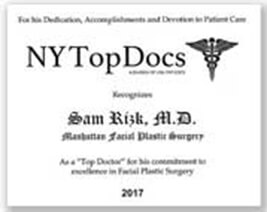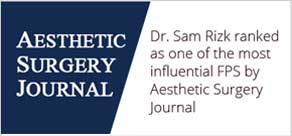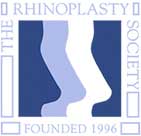What Is a Deep Plane Facelift?
Unlike traditional facelifts, which primarily focus on tightening the skin and superficial tissues, the deep plane facelift addresses the deeper facial structures, including the SMAS (Superficial Musculo-Aponeurotic System) and other underlying tissue layers. This allows for a more significant lift and improvement, particularly in the lower face area. The deep plane facelift also keeps skin and muscle layers attached, in contrast to the traditional SMAS lift, and does not disrupt the blood supply to skin, which keeps skin looking natural and not pulled. It is the most advanced facelift for a natural result.
Types of Deep Plane Facelift
Patients travel from across the world to benefit from Dr. Rizk’s extensive experience in deep plane facelift surgery. The jawline doesn’t lie when it comes to aging and this is the best procedure to target the lower face and the neck. With over 25 years of experience in facial plastic surgery, Dr. Rizk offers natural results by repositioning tissue for a balanced and harmonious look. As a head and neck surgeon, Dr. Rizk is able to offer deeper lifts the other facial plastic surgeons thanks to his comprehensive knowledge of facial anatomy.Vertical Deep Plane Facelift:
The vertical deep plane facelift is the most advanced facelift technique that Dr. Rizk not only performs but also teaches worldwide, often demonstrating it live at international conferences. Unlike traditional SMAS lifts, which pull the face sideways and can create the telltale signs of surgery such as distorted eyes and mouth, Dr. Rizk’s approach follows a vertical vector. His technique begins in the mid-face, lifting both vertically and laterally. This balance prevents bunching of the skin around the eyes, while avoiding the overly vertical pull that can make the eyes appear smaller.
Extended Deep Plane Facelift:
The extended deep plane facelift builds on the vertical deep plane technique by broadening the area of release beyond the midface. In this approach, Dr. Rizk dissects more extensively under the SMAS and platysma, releasing the zygomatic and masseteric ligaments in addition to the standard retaining ligaments. This extended release allows greater mobilization of the cheek, jawline, and neck, producing a seamless lift that improves jowls, marionette lines, and cervical laxity in a single maneuver. By expanding the vertical and lateral vectors, the extended deep plane facelift delivers a more comprehensive rejuvenation, while maintaining natural harmony between the midface and lower face.How Does a Deep Place Facelift Differ?
During your consultation with Dr. Rizk, he will advise you in detail on how to prepare pre- and post-surgery. An anesthetic will be administered to ensure your comfort throughout the deep plane facelift procedure, a surgery that follows the same style as a traditional facelift. One of the major advantages of the deep plane facelift is its ability to provide lasting results. Because the deep facial structures are repositioned, the results tend to remain visible for a much longer period than traditional facelifts, which can begin to show signs of sagging or loosening after a few years. There are, however, some key surgical differences between these facial lifting surgeries.Complexity of the Procedure:
The deep plane facelift is a more intricate procedure than a traditional facelift, requiring a high level of skill and experience. Dr. Rizk has to navigate deeper facial structures, ensuring that the dissection and lifting are done precisely to avoid complications. This complexity also makes the recovery process a bit longer and more involved.Increased Risk and Recovery Considerations:
Due to the deeper tissues being manipulated, there are increased risks associated with the deep plane facelift, including potential nerve damage, bleeding, and longer recovery times. The procedure is more invasive, which means that patients need to be prepared for a more extended period of healing and aftercare.Precise Techniques for Avoiding Nerve Damage:
One of the key challenges during the deep plane facelift is avoiding damage to the facial nerves, controlling muscle movement. Dr. Rizk takes great care to protect these nerves during surgery to avoid complications like facial asymmetry or loss of movement.When Is It Time For a Deep Plane Facelift?
This procedure is designed for patients with deeper structural aging changes, not just loose skin. It’s best suited for those with:
-
Noticeable midface descent and sagging cheeks
-
Prominent nasolabial folds from ligament laxity
-
Heaviness around the mouth and jawline
-
Drooping facial fat pads rather than simple volume loss
-
Hollowing beneath the eyes due to midface descent
-
Desire for natural rejuvenation without a pulled look
What Is Recovery Like?
Post-surgical swelling and bruising are more pronounced after a deep plane facelift due to the deeper layers being manipulated. Full recovery can take several weeks, and patients need to follow strict aftercare instructions to ensure optimal healing.Video Testimonials
Possible Risks and Complications
All surgical procedures present possible risks and complications and the deep plane facelift’s risks are similar to those of the main facelift procedure. Dr. Risk will discuss the possible risks and complications with you in detail prior to your operation.Dr Rizk In The Media
Scheduling Your Deep Plane Facelift
Dr. Rizk believes:
“Dr. Rizk had developed his own techniques and published his methods for customizing procedures to the patient’s facial structure and degree of aging, as opposed to a one size fits all approach. As more and more younger patients, including men, are requesting cosmetic facial procedures, Dr. Rizk believes that his newer techniques are better tailored to them. To that end, Dr.. Rizk authored some landmark articles on facelift, rhinoplasty, and blepharoplasty surgery, describing new techniques to be applied differently to younger versus older patients.”Awards & Certifications
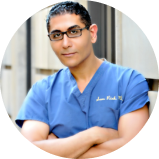
By Dr. Sam S. Rizk, M.D., FACS.
Dr. Rizk is a double-board-certified facial plastic surgeon who specializes in rhinoplasty surgery and is a recognized expert on the latest advances in facial plastic surgery techniques. He performs a range of facial plastic surgeries at his New York practice.

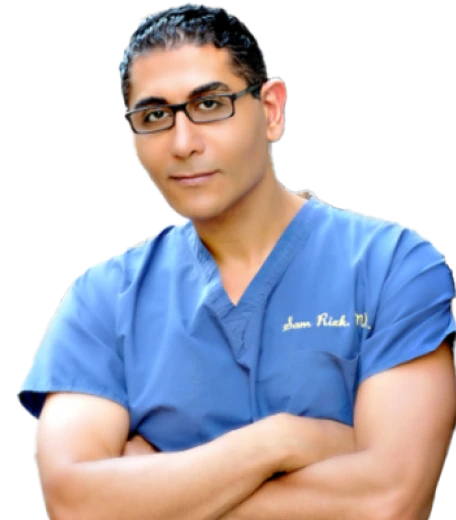
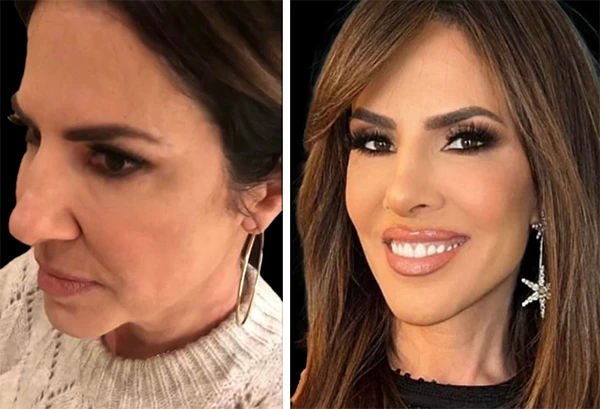
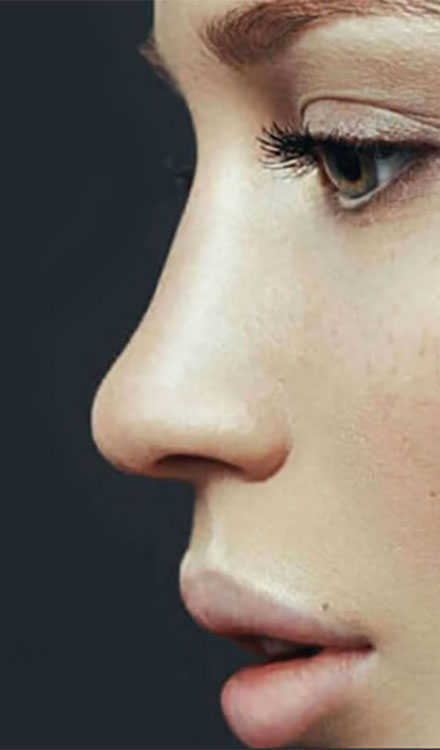
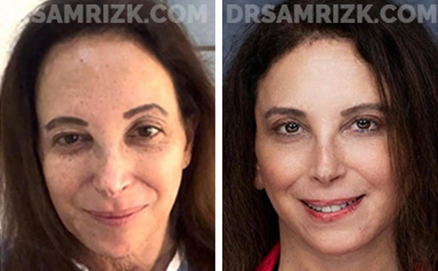
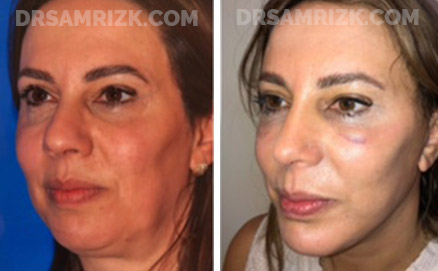
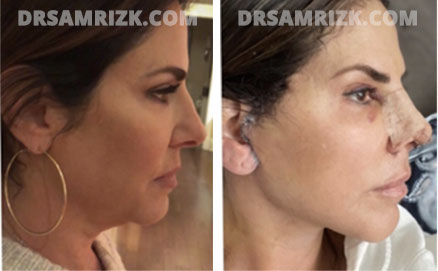



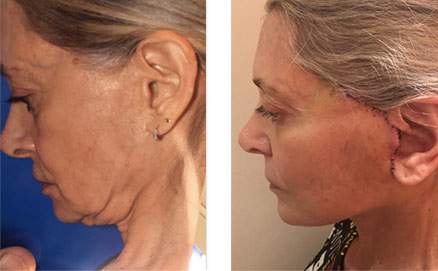
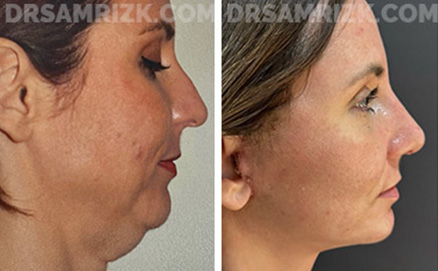
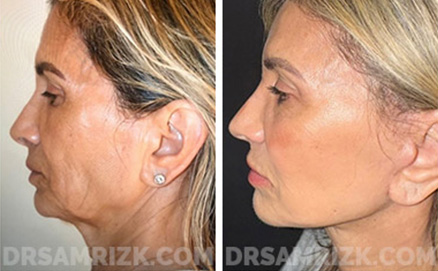











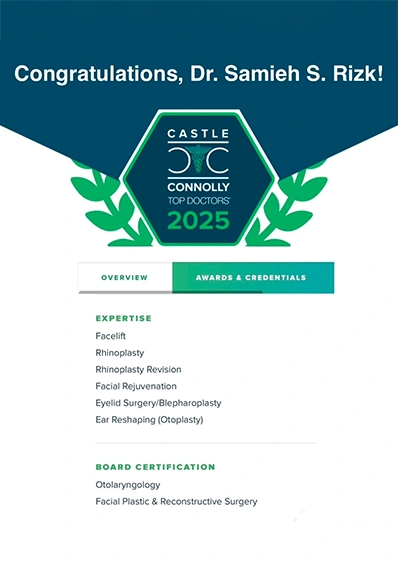
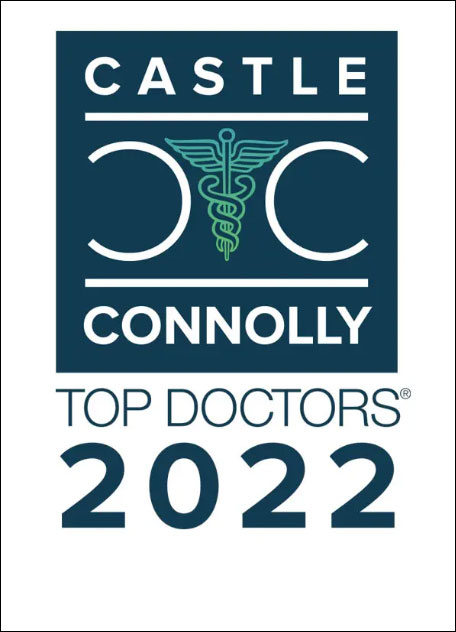
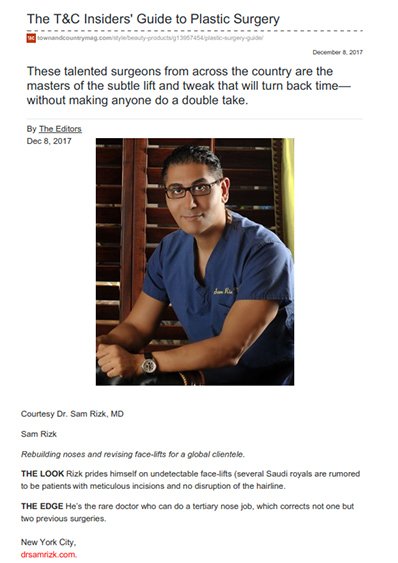

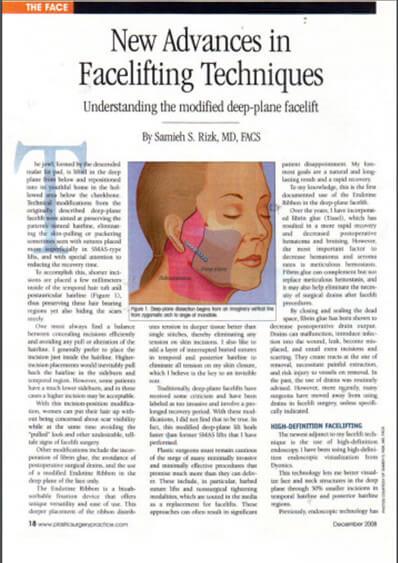
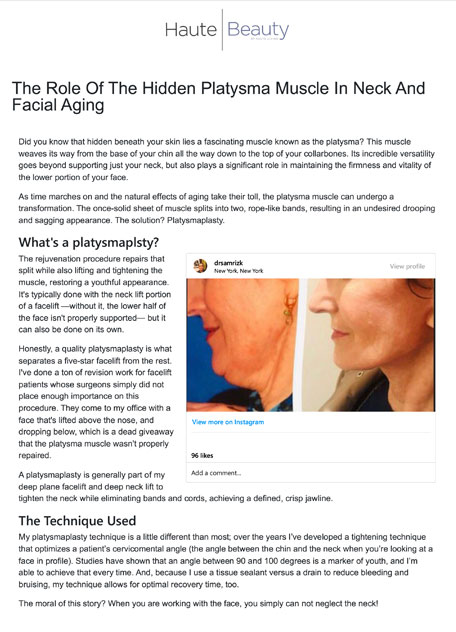
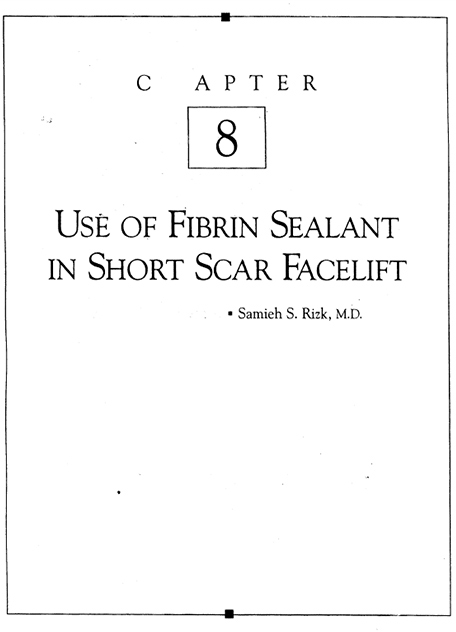
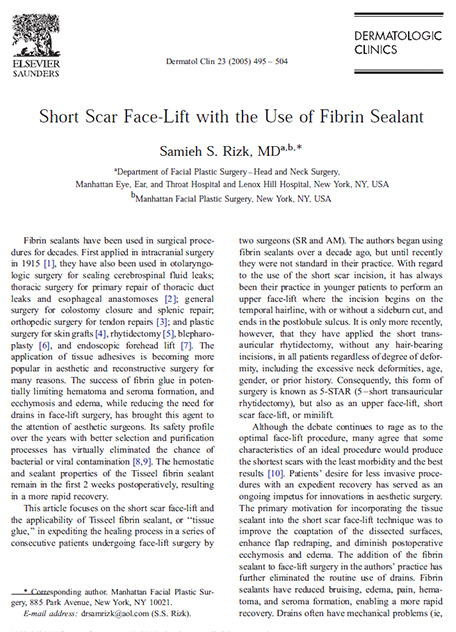
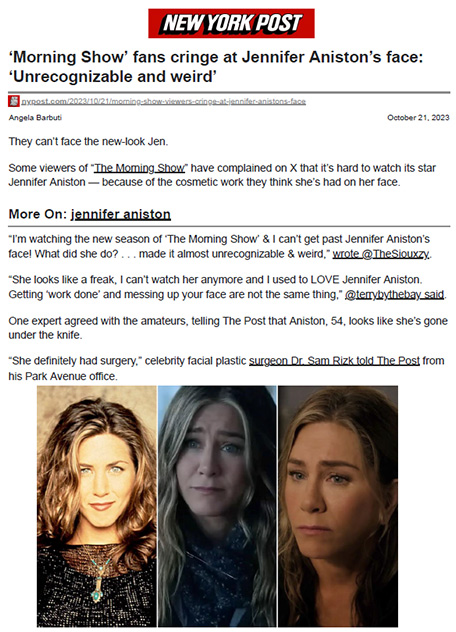
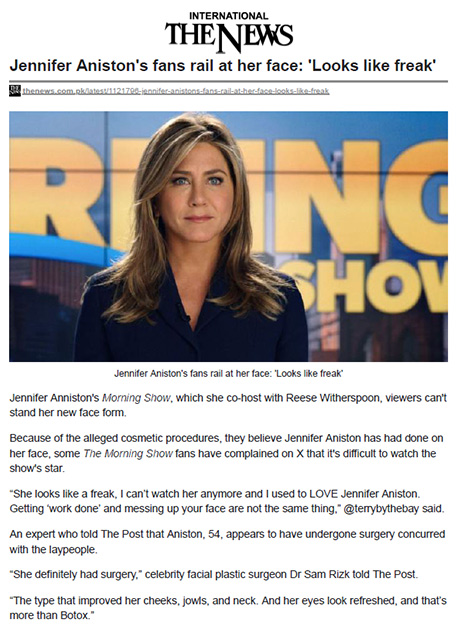



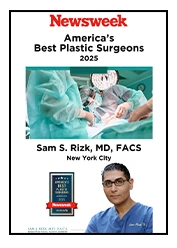
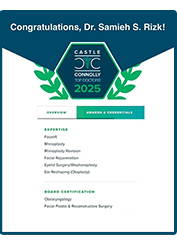
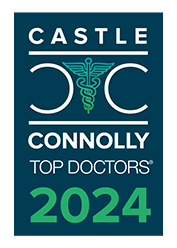

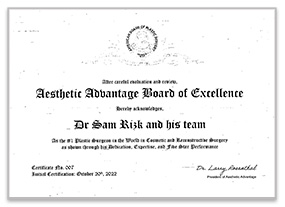
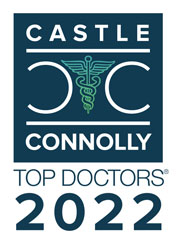
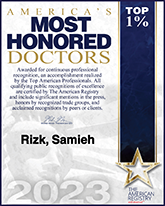
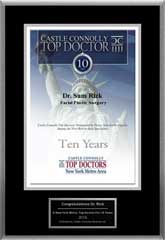
2.jpg)
